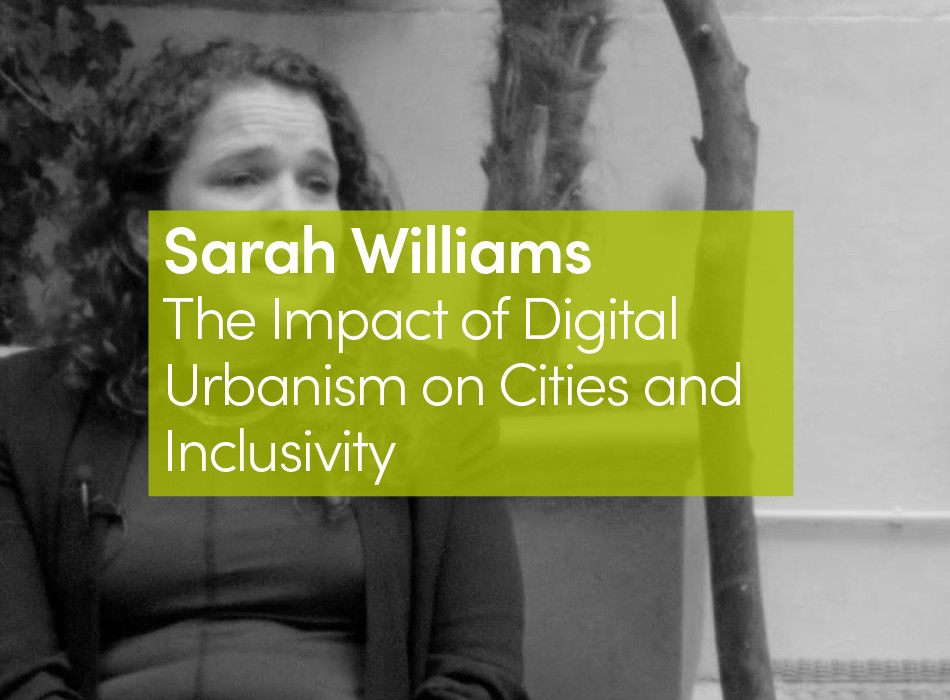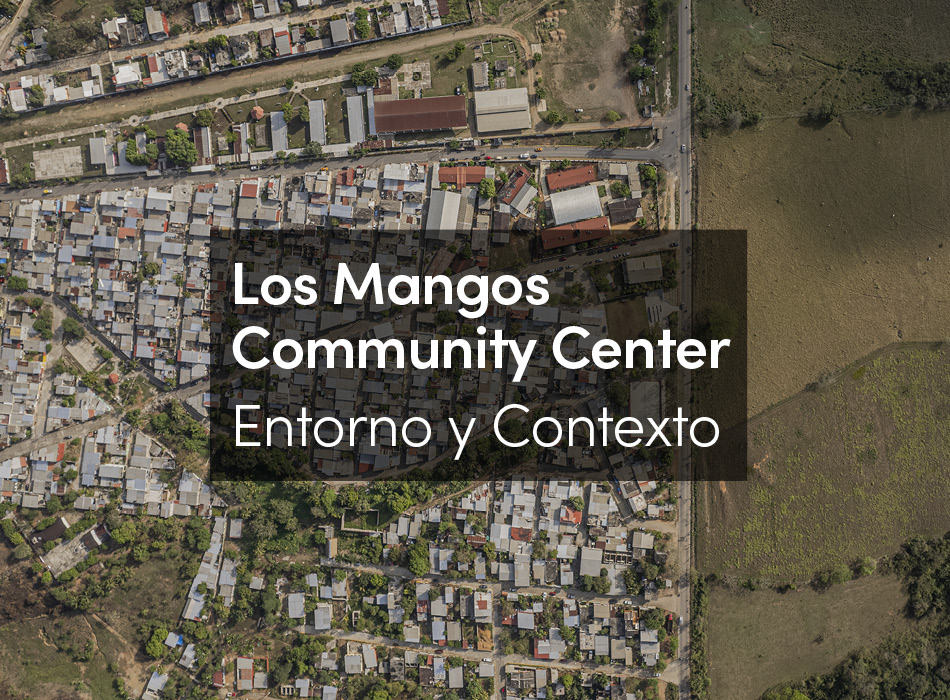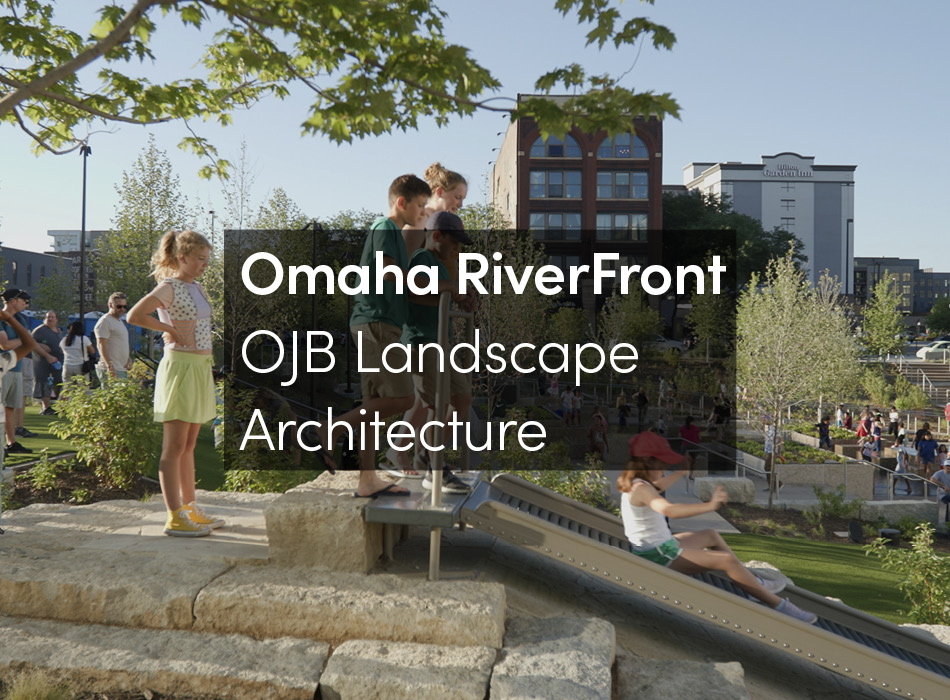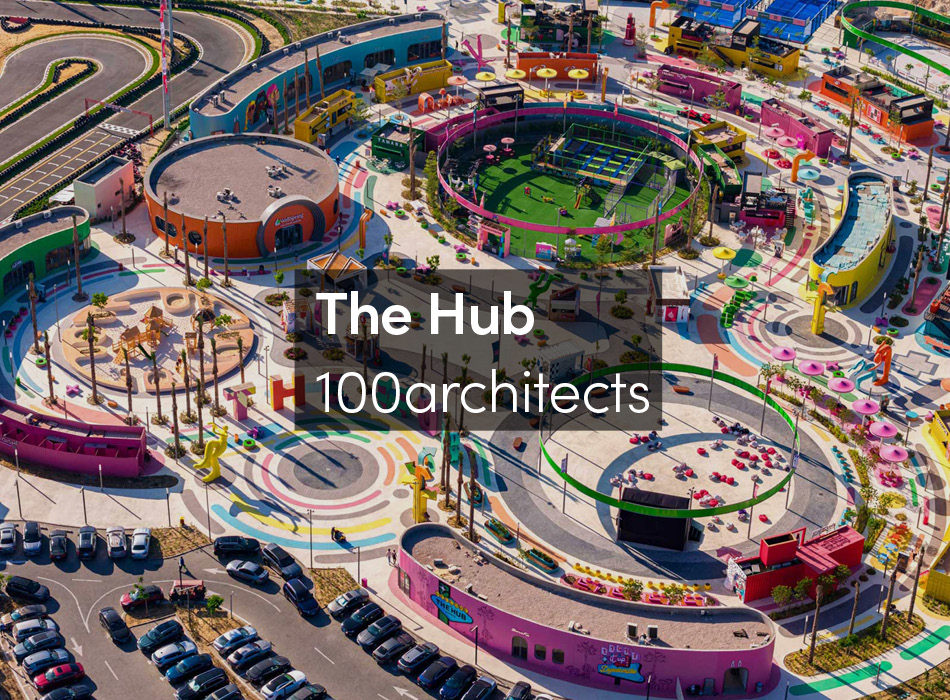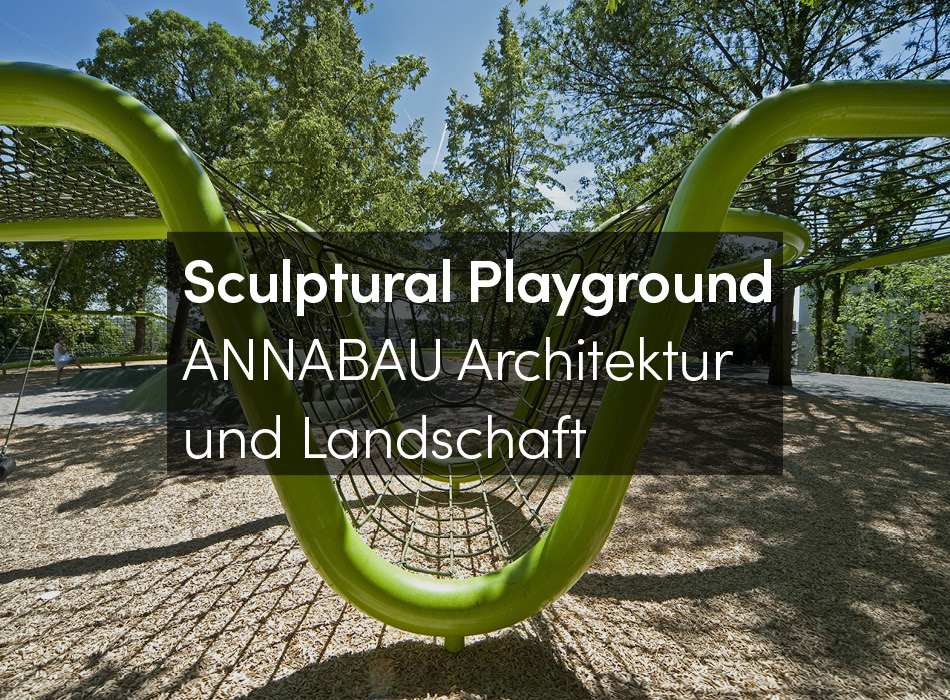In its material, cultural, and economic effects, architecture poses essential and unavoidable ethical quandaries and challenges. In its performative capacity to express ideology, architecture is inexorably entangled in questions of power and legitimation. As part of an interconnected global economic infrastructure that consumes natural resources at an alarming rate, architecture raises new and pressing questions with which educators, practitioners, and students must engage.
Given that there is an infinitely ethical dimension to every aspect of architecture, the 106th ACSA Annual Meeting will seek to solicit wide reflection on the ethical challenges of architecture in a world in flux.
Architecture as practice and as discipline and pedagogy struggles to solve problems and to advance culture. Within this struggle the discipline faces an ambiguity of values and agenda. The relationship between these two purposes, problem solving and cultural advancement, often exists as a rift, a great chasm filled with nuanced dilemmas related to ethics and power. 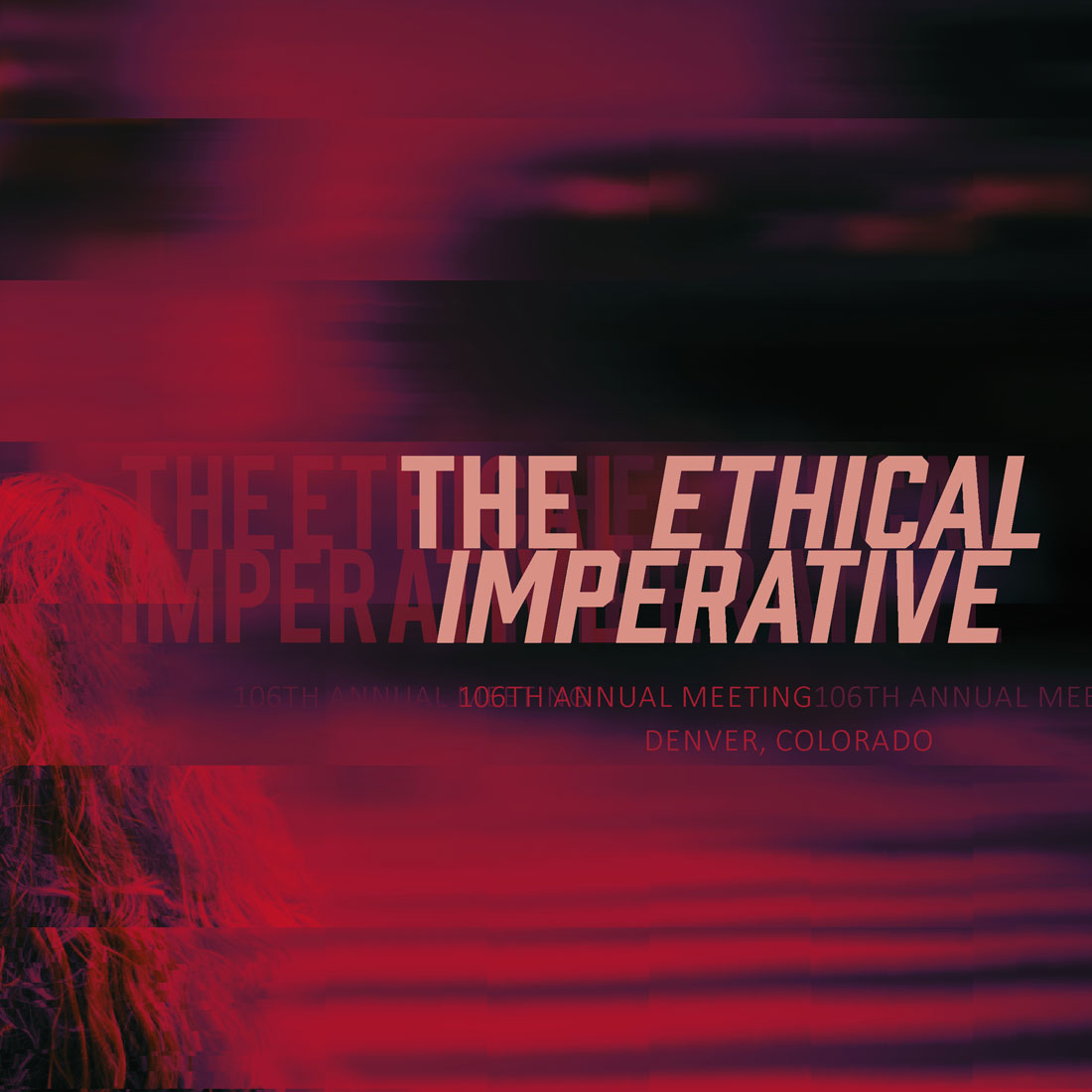
Architectural Violence and Architectural Power: The Fall of Postmodernism and the New Empowerment
Jeffrey Mansfield, MASS Design Group
Michael Murphy, MASS Design Group
Violence has come to define and accelerate our architectural epochs. In the erection, abandonment, or destruction of architecture, buildings reveal shifts in economic and political power. Violence accompanies these shifts, fear reveals cracks in theory and discipline, and new architectural paradigms emerge. Haussmann and the Second Empire style of Paris, the World Wars and modernism, as well as urban renewal and late (brutalist) modernism all represent shifts in the social order made manifest through buildings. Architectural styles and theory follow, and the power of architecture—its very agency in contributing to the social change it accompanies—is resized within the parameters of each political epoch.
However, the types of violence that follow these shifts are not well defined. When Charles Jencks and others called for the end of modernism, it was during a reflective moment about the ethics and accountability of architects, resulting in a theoretical distancing from the social mission of modernism born out of a disciplinary hangover over its failed social projects. Yet, close scrutiny of the theoretical work of postmodernism reveals a misunderstanding of what violence architects are responsible for, and what we have conflated as outside our purview.
In a close reading of Bernard Tschumi’s “Violence of Architecture,” five orders of architectural violence surface, highlighting the postmodern rejection of architects’ complicity in direct, programmatic, stylistic, and systemic violence. The fruits of this theoretical labor—the fifth order, metaphysical violence—represents postmodernism’s inward turn, finding architectural agency in the subconscious and the experiential. Violence becomes a metaphor.
But In absolving architects of social accountability, the postmodern project exerted what may be its greatest injury, a type of disciplinary violence that abstracts buildings from their impacts on people. A review of architecture’s relationship to violence through Pruitt-Igoe, the work of Albert Speer, and recent socially driven projects reveal new opportunities and threats for our discipline to define agency and empowerment.
Behind the Sealed-up Doors: The New Urban Renewal Movement in Beijing
Wei Zhao, University of Utah
Based on a case study in Beijing, China, this paper examines the ways in which architecture reflects the charged relationship among power, economy and social relations within a society. Starting in April 2017, the Beijing municipal government enacted a new, three-year urban renewal policy that aims to restore and improve the built environment of the 2,435 alleyways in the historic center of the city. The local implementation, however, has focused on sealing doors and windows that have led to homes and small businesses for decades. As a result, thousands of businesses that had been providing daily services to local residents closed down, forcing many people to move to other cities. Drawing on archival research and limited interviews, this paper examines the characteristics of the existing urban fabric of the historic center of Beijing and analyzes the social context and execution process of the urban renewal policy. This paper argues that the Beijing municipal government uses the architecture of the 99 percent as a tool not only to eliminate non-permanent residents by decimating their places to work and live, but also to control social activities and residents’ relations through reconstructing place at the local level. As a result, by taking over the ownership of the architecture of the 99 percent, the Beijing municipal government aims to create a new image of the capital of China as defined by the new master plan, a plan which is not only ahistorical, but also promulgates the ideas of regularity, singularity and segregation.
Resistance Through Form: Masonry Synthesis Structures in the Design of a New Residential Architecture for Khartoum, Sudan
Mohamed Ismail, Massachusetts Institute of Technology
With one of the highest urbanization rates in Africa, at 4.3%, per anum, nearly half of Sudan lives in its cities. Two-thirds of that urban population lives in slums or otherwise informal settlements, and current construction practices and housing policies cannot meet growing housing needs.
There is an opportunity for architecture that responds to the housing needs and material availability while reflecting local housing traditions. Synthesis structures are structures informed by their material understanding, their process of construction, and inform their interior space and texture (Corrao and Pastre). This includes traditional compressive forms like the arch, vault, and dome, and more. The raw materials and the labor needed for masonry are plentiful in Sudan, especially in Khartoum at the clay-rich riverbeds of the Niles (Alam).
Unfortunately, earthen construction suffers the stigmas of poverty, structural insufficiency, and deficient technical knowledge (Osmani and Hadjri). Masonry synthesis structures may potentially overcome the perceived cultural and performative limitations of earthen construction. Worldwide, there are ongoing efforts to reimagine the possibilities of earth-based construction in cities. This is not a new phenomenon; in Architecture for the Poor, Hassan Fathy explored the use of mudbrick beginning in the 1930s (Fathy). Fathy referenced traditional and vernacular architecture to inform the contemporary design of rural housing.
Today, architects are learning from centuries of vernacular architecture while pushing traditional material use further than ever before. This research identifies potential new applications of masonry synthesis structures in the design of a new urban residential architecture in Khartoum, Sudan.












